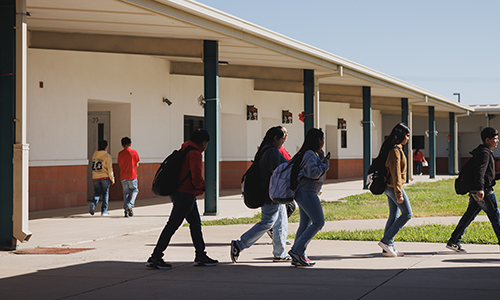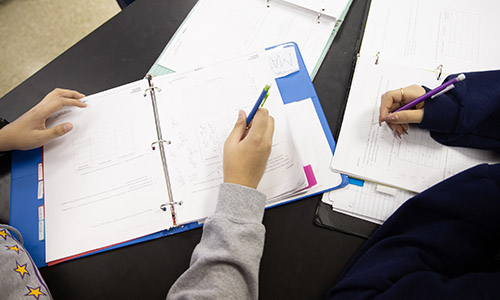Research brief
The widening achievement divide during COVID-19
November 2022

Description
In this brief we examine how variability in students’ math and reading test scores changed across the pandemic, including whether increased dispersion was concentrated at one part of the test score distribution. Using reading and math assessment data from a sample of 8 million students in grades 3-8 in 24,000 public schools who took MAP Growth assessments in spring 2022 and a similar sized sample from before the pandemic, we examined the degree to which test scores became more variable. To understand how impacts may have differed for students with the highest and lowest test scores before the pandemic, we followed a subset of 1 million students whose pre-pandemic achievement placed them in the top or bottom decile of the achievement distribution relative to national pre-pandemic norms. Initial findings show students have a wider range of achievement levels in spring 2022 than would be expected in a typical school year, and that this increased variability in test scores is primarily driven by a spreading out at the bottom end of the distribution, with test scores for lower-achieving students dropping more than the declines observed for higher-achieving students. Low achievers experienced larger initial impacts at the onset of the pandemic and less improvement during 2021-22. These results highlight a key challenge for teachers who must now meet the needs of students who may be in the same grade but differ even more than they did prior to the pandemic in terms of learning needs, and suggest a critical need for focusing support to help the lowest achieving students catch up to address the achievement divide that has widened significantly over the last two years.
See MoreTopics: COVID-19 & schools, Equity









